Table of Contents
What is IPv6 Link Local Address?
IPv6 has different address types. One of the important and widely used IPv6 Address type is IPv6 Link Local Address. Every IPv6 enable interfaces must have a Link-Local Address either with manual configuration or auto-address configuration. IPv6 Link Local Address is the address used between Point-to-Point interfaces and provide IPv6 Neigbor Discovery.
Point-to-point interfaces do not need a Global IPv6 Addres to communicate each other. Instead, they use IPv6 Link Local Addresses for point-to-point communication.And Router do not forward these Link-Local Addresses because they are used only on a single link.
You can also test your IPv6 Knowledge on IPv6 Questions Page.
What is the Prefix of Link Local Address?
There are different prefixes are used with different IPv6 Address Types. The Prefix of IPv6 Link Local Addresses is FE80::/10. All the other Prefixes used with IPv6 Address Types are given below:
- Unspecified Address ::/128
- Loopback ::1/128
- Global Unicast (0010) 2000::/3
- Unique Local Address FC00::/7
- Link Local (1111 1110 10) FE80::/10
- Multicast Address (1111 1111) FF00::/8
How can we configure Link Local Address?
IPv6 Link Local Addresses can be configured in two ways. These Link-Local address configuration ways are :
- Auto-Address Configuration
- Manual Configuration
Auto-Address Configuration is done automaticaly with the help of Link Local Prefix (FE80::/10) and Interface Identifier in EUI-64 Format. This is the widely used method to configure a IPv6 Link Local Address.
The second way is Manual Configuration. In this configuration way, we use a manual router command to configure IPv6 Link Local Address. This command is “ip address link-local” in Cisco Routers.
Link-Local Auto-Address Configuration
IPv6 Link Local Auto-Address Configuration is the widely used Link-local address configuration method. With this method, IPv6 Interface ID with EUI-Format is used.
So, what is EUI-64 Format? Let’s explain.
As you know IPv6 Addresses are 128 bits long. The first 64 bits of these addresses are used as Network Id and the remaining 64 bits are used as Interface ID. This interface ID is produced with the help of the interfaces hardware address (MAC addres) with EUI-64 Format. Now, let’s explain the EUI-64 Format Interface Identifier configuration step by step.
- To determine the EUI-64 format value, we can take the MAC Address of the interface and divide into two. The MAC addresses are 48 bits long and here, we have two parts each of which is 24 bits long. These parts are also called OUI and NIC parts.
- Between OUI anf NIC parts, we will add “FFFE” value. Do not mix this, there are three “F”s and one “E”.
- Lastly, the seventh bit of the OUI part is inverted . In other words, the seventh bit from the beginning of the first 24 bits MAC part is inverted. (This bit shows that the interface identifier is universally or locally administered. Globally unique addresses are set to “0” always. It is inverted to “1”).
- Here you are. Our EUI-64 Format Interface Identifier is ready!
You can also test your IPv6 Knowledge on IPv6 Questions Page.


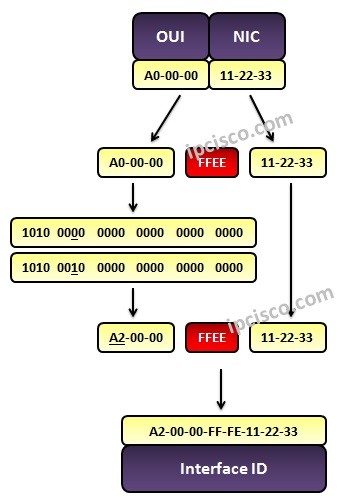
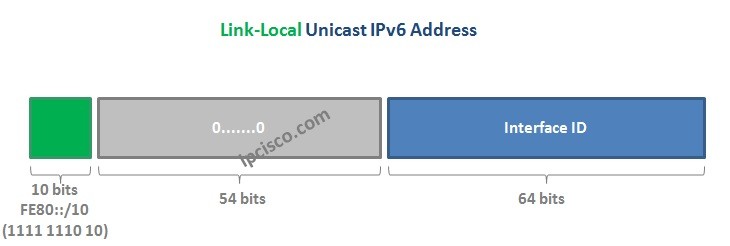
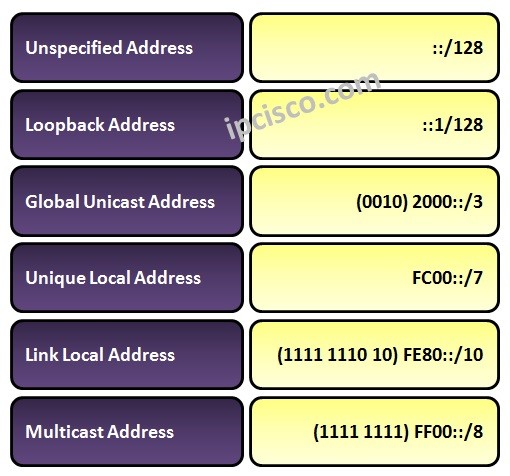

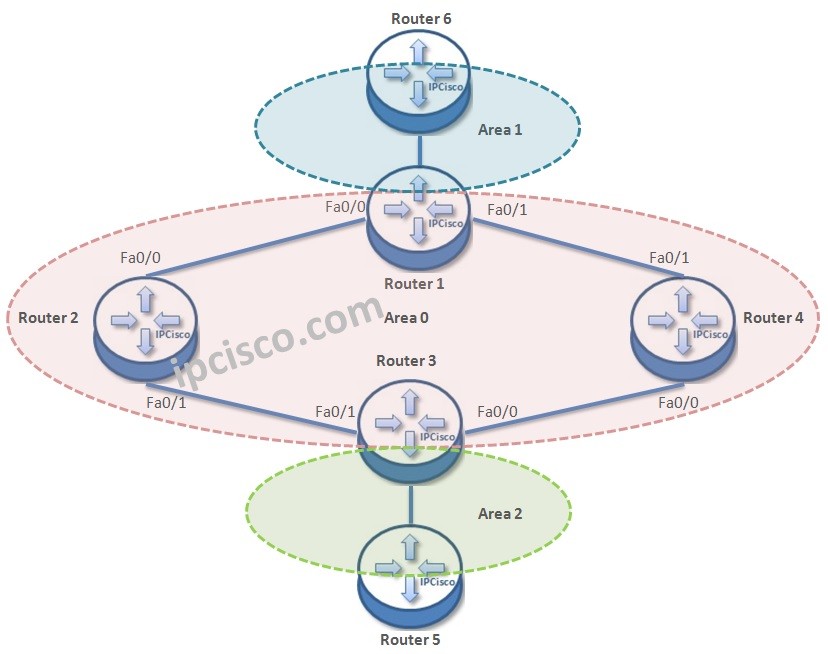
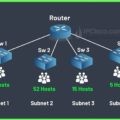
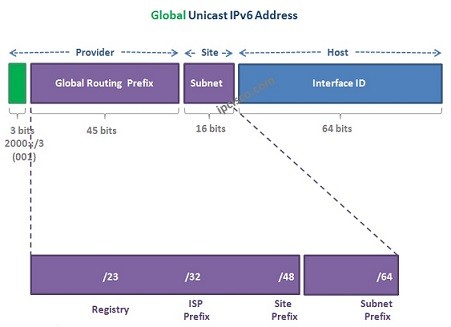


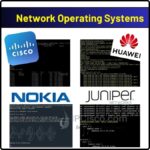
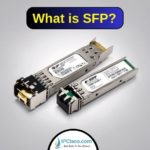


Leave a Reply